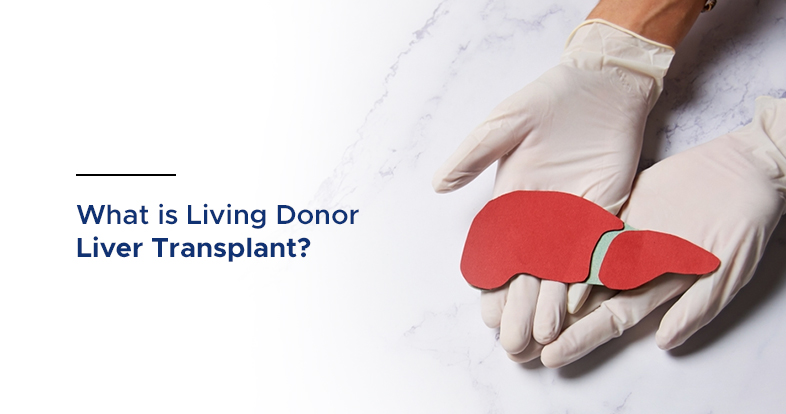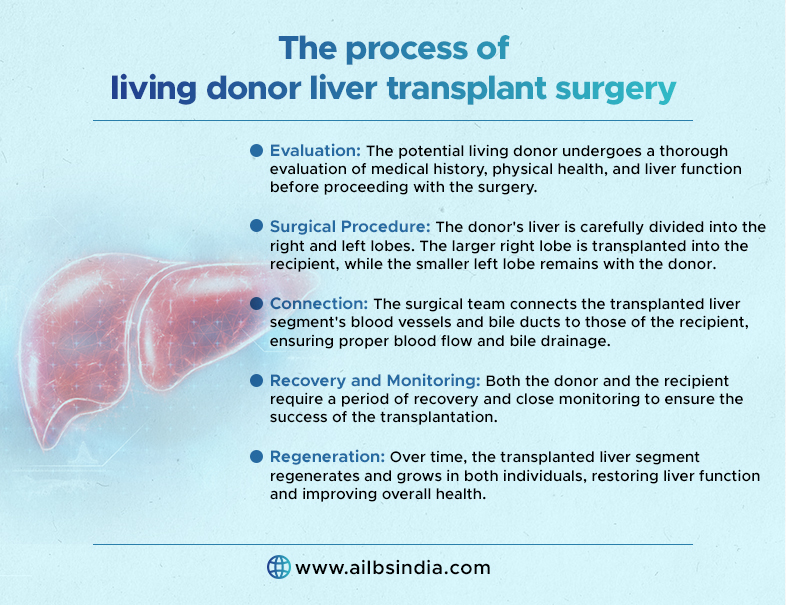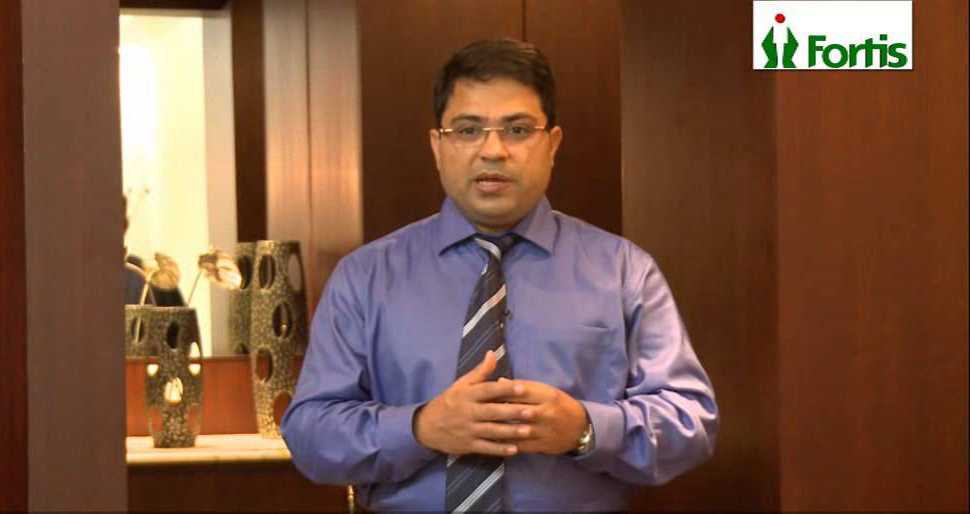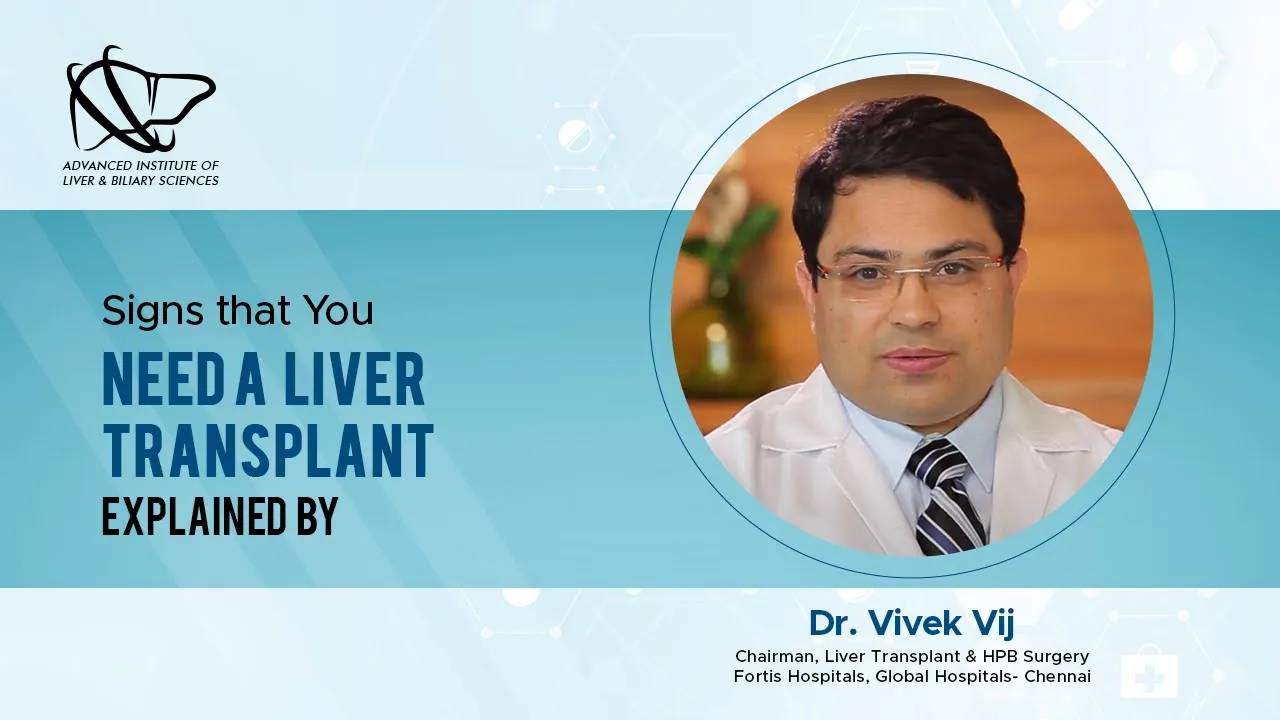
Are you familiar with the remarkable medical procedure known as a living donor liver transplant? This groundbreaking technique has revolutionized the field of organ transplantation, offering hope and a new lease on life to patients in dire need of a healthy liver.
In this blog, we will delve into the intricacies of a living donor liver transplant (LDLT), exploring the procedure, its benefits, and its remarkable impact on the lives of both donors and recipients. Whether you’re seeking information on donor liver options or are curious about LDLT surgery, this comprehensive guide will shed light on this life-changing medical intervention. Let’s embark on this informative journey and unravel the world of living donor liver transplants.
LDLT medical abbreviation is Living Donor Liver Transplant.
Due to the scarcity of deceased donor organs, liver dissection and transplanting (LDLT) has become a more widely used procedure. Utilizing a healthy liver segment from a living donor may significantly reduce the recovery period following a liver transplant, improving the recipient’s chances of survival.
A living donor liver transplant involves removing a healthy liver piece from a donor and transplanting that section into a recipient whose liver is no longer working normally. After that, both in the donor and the recipient, the transplanted liver tissue will grow and regenerate to its natural size.
Individuals must undergo an extensive evaluation to be considered appropriate living donors for liver transplantation. This ensures they are in good health and have a compatible blood type with the recipient. Given that the donor is putting their health in danger to save the life of another, donating a piece of their liver is selfless and empathetic.
Living donor liver transplant surgery is a complex and intricate procedure that involves several stages, says Dr. Vivek Vij, the best liver transplant surgeon in India. Stages include:

1. Procedure: A partial liver transplant, also known as a split liver transplant, involves transplanting a portion of the donor’s liver into the recipient.
2. Liver Division: Right and left lobes of the donor’s liver are separated into two parts for transplantation. While the left lobe is frequently transplanted into a pediatric recipient, the right lobe is usually given to an adult recipient.
3. Connection: To preserve normal liver function during the transplant procedure, the surgical team makes sure the blood vessels and bile ducts are connected properly.
4. Regeneration: Over time, the residual liver tissue from the donor develops and regenerates, regaining liver function for both the donor and the recipient.
5. Recovery and Health: Liver transplantation is a life-saving therapeutic option for those with end-stage liver disease because it has the regenerative capacity to allow both the donor and the recipient to recover and have healthy lives following the transplant.
There are four main blood types – A, B, AB, and O – each can be positive or negative. The compatibility of blood types for liver transplants follows a specific pattern:
Dr. Vivek Vij, the best liver surgeon in India, says it is crucial to remember that compatibility is influenced by the Rh factor, establishing whether a person has a positive or negative blood type. Blood type compatibility is thoroughly evaluated during the evaluation phase to guarantee a successful transplant with a low chance of organ rejection.
It is important to note that the decision to become a living liver donor is personal and should be made after careful consideration and discussion with healthcare professionals and loved ones.
As the demand for liver transplants continues to rise, raising awareness about living donor liver transplants and promoting organ donation is essential. So if you or someone you know needs a liver transplant, consider contacting Dr Vivek Vij.
He is the best liver transplant surgeon in India who has done thousands of successful liver surgeries to give a new lease on life. Book the consultation now to know the process and cost of liver transplants in India.
Q. 1 How does a living donor liver transplant differ from a deceased donor liver transplant?
Ans: A living donor liver transplant involves using a portion of a healthy liver from a living donor, while a deceased donor liver transplant uses a liver from a deceased donor. Living donor transplants offer shorter waiting times and better outcomes due to the immediate availability of a suitable organ.
Q. 2 Who can be a living donor for a liver transplant?
Ans: Living donors for liver transplants are typically close relatives or emotionally connected individuals who voluntarily choose to donate a portion of their liver. They undergo a thorough evaluation to ensure compatibility and good health before the surgery.
Q. 3 How does the liver regenerate after a living donor liver transplant?
Ans: The liver has an incredible regenerative capacity. After a living donor liver transplant, both the remaining liver in the donor and the transplanted liver portion in the recipient regenerate and grow over time. This regrowth allows for the restoration of normal liver function in both individuals.
Q. 4 What are the benefits of a living donor liver transplant?
Ans: Living donor liver transplants offer several advantages, including reduced waiting times for a transplant, better outcomes due to the use of a healthy liver, the ability to plan the surgery, and the potential for a faster recovery compared to deceased donor transplants. Additionally, the selfless act of a living donor can save a life and strengthen the emotional bonds between donor and recipient.


